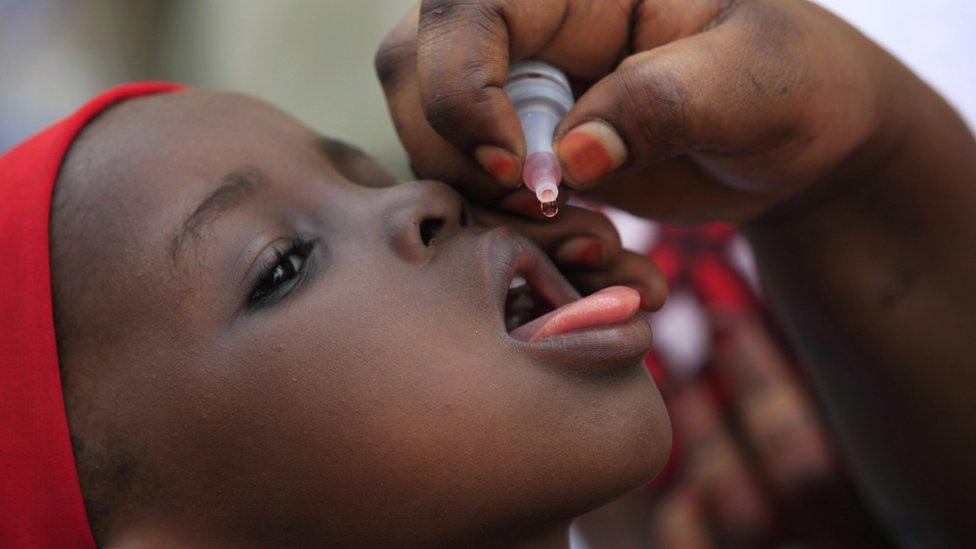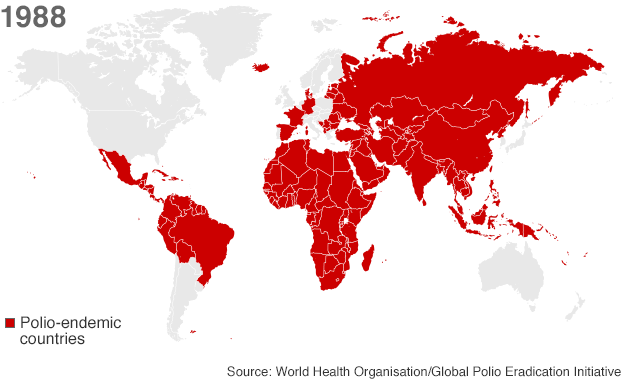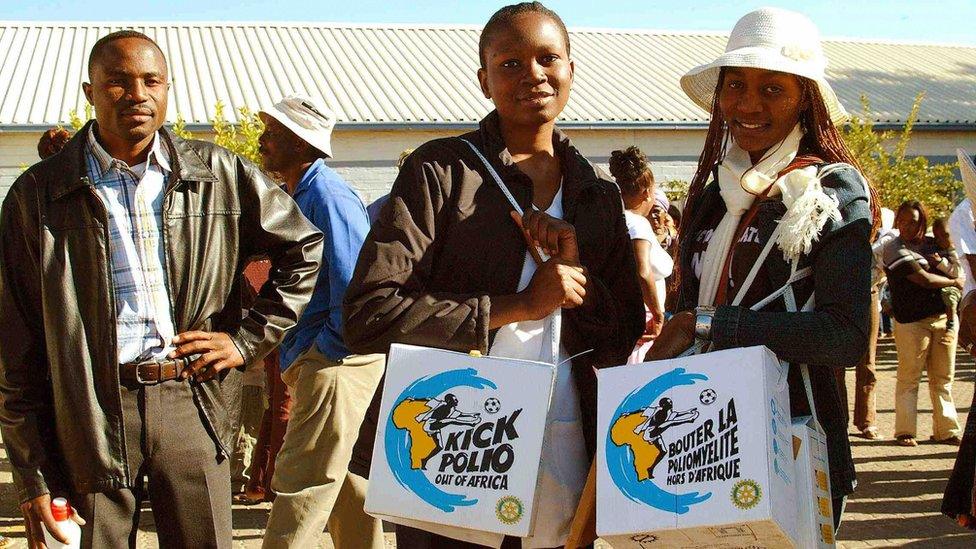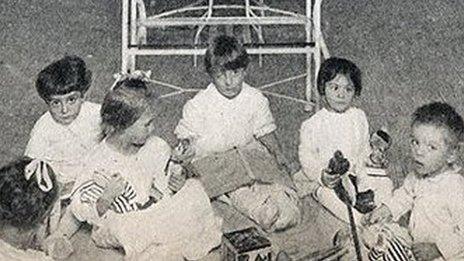Countdown to the end of polio in Africa
- Published

It has been 28 years in the making.
When the Global Polio Eradication Initiative was formed in 1988, about 350,000 children were getting infected with wild polio virus every year worldwide.
The disease leaves many children paralysed for life.
About one in every 10 paralysed children dies from breathing complications.
The number of infections is now down 99%, according to the World Health Organization (WHO).
In Africa, the last case of wild polio diagnosis was in the Puntland region of Somalia, on 11 August 2014.
But the continent must still stay a full year without new cases to be declared polio-free.

Polio used to be endemic across Africa
Two years without a case is a significant milestone.
It gives hope to millions of volunteers, community mobilisers, health workers, religious and community leaders who have helped deliver vaccines to some of the most remote villages that their effort has been worthwhile.
In difficult to reach areas, volunteers have used donkeys, canoes or helicopters to deliver vaccines.
It has been described as the largest public health campaign in history.
In some countries, like northern Nigeria, volunteers were attacked during immunisation campaigns.

What is polio?
Polio, or poliomyelitis, mainly affects children aged under five
It is a highly infectious disease caused by a virus. It invades the nervous system and can cause total paralysis in a matter of hours
Initial symptoms include fever, fatigue, headache, vomiting, stiffness of the neck and pains in the limbs
One in 200 infections leads to irreversible paralysis. Among those paralysed, 5% to 10% die when their breathing muscles become immobilised
Today, only two countries - Afghanistan and Pakistan - remain polio-endemic, down from more than 125 in 1988

Similar - if not worse - attacks have been witnessed outside the continent, in Pakistan and Afghanistan, where Taliban issued a religious declaration - fatwa - against polio vaccination.
The two countries are the last known places where wild polio virus transmission is still active.
The virus is transmitted person-to-person through infected faecal matter.

Volunteers have been across Africa to vaccinate children against polio
It has no cure, and mainly affects children under five.
Wild polio virus cannot survive for long outside the human body.
In the absence of unvaccinated hosts, the virus dies out.
That's what experts hope will happen to the virus - to be driven into extinction.
WHO will now review data from all over the continent to confirm if no cases of polio were identified on the continent. This process often takes two to three weeks.
As the countdown to a polio-free Africa begins, Rotary International, one of the organisations that formed part of the Global Polio Eradication Initiative has called for renewed international effort to step up immunisation and improve surveillance.
The organisation says that effort will need funding from governments and other donors.
Only two diseases have ever been eradicated in the world: Smallpox and rinderpest.
Campaigners hope polio will be the third.
- Published25 September 2015
- Published25 September 2015
